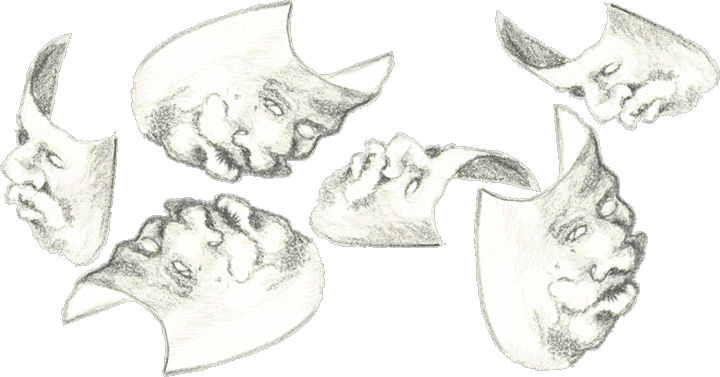![]()
![]()
|
In order to set the date for the next fasting period, as well as for some holidays, "Pascha" - Easter- has to be fixed, for this is a movable holiday. Easter is the greatest holiday in the Greek Orthodox Church. It is fixed according to the moon- that is to say, it is always celebrated on the first Sunday following the full moon of the Spring equinox.Fifty eight days before Easter we begin the ten day Carnival period with "Sykoses" - the lifting of the meat eating period before Easter. As this day always falls on a Thursday and because a lot of meat is roasted and pastries fried and the air is thick with the odour of food, it is called "Tsiknopefti"- Smelly Thursday! "Tsikna" means the smoke coming from the grilled meat. This in ancient times was offered to the Gods of Olympus. Specialities of "Sykoses" are "Daktyla" and "Kateyfi". Daktyla are pastry fingers filled with ground almonds and cinnamon and sugar; Kateyfi is a syrupy cake that looks like rolled-up vermicelli or rather "Weetabix" and is also filled with almonds, cinnamon and sugar. So, with these and other good things to eat, Carnival or "Apokries" begins- and lasts for ten days.The traditional town for Carnival is Limassol where people dress up every night and go around from house to house or go dancing all through the night! The first Sunday of this period is called "Tyrofagos"- Cheese-eating Sunday, when "Ravioles", ravioli with a cheese, egg and mint filling are cooked and when "Pourekia", a kind of sweet cream-cheese puff, are fried. On this Sunday, a Children's parade is held in Limassol and hundreds of children dress up and compete for prizes. This event is usually in the Stadium. The nicest and oldest custom in Cyprus is that of the "Pellomaskes" - the Mad (or silly) Masks. This custom is also prevalent in some of the villages. Groups of children - grown-ups too -dress in any old rag they can find and go from house to house, teasing anyone who opens his door to them. Their faces are covered by either a mask or a black cloth sack with slits for eyes and mouth. At every house they visit they are offered sweetmeats, cakes, daktyla, etc., and while they are trying to eat - which is not always possible - their hosts try to guess who they are. Very often they guess correctly and if they are friends, they too will dress up and join the company, and all together, will go on to the next house. This goes on until they are a large, happy crowd, dancing and singing and teasing whomsoever they meet. It is an unwritten law that you are not allowed to lift a mask during Carnival time. The last Sunday of Carnival is called "Kreofagos" - Meat-eating Sunday, and the typical thing to cook is "Kaloyrka" - raviolies with a minced meat filling, and also "Pourekia" with a minced meat instead of cheese filling -and, of course, meat in abundance. On this Sunday, thousands of visitors stream into Limassol to watch the Big Carnival Parade of floats, and at night people dance and sing "Kantades" until the early hours of "Deftera tis Katharas" which is Clean Monday. Clean Monday sets an end to Carnival and fasting begins. On this day everybody goes out into the fields or countryside in big parties to celebrate the so-called "Cutting of the nose of the Forty Days". Huge baskets loaded with greens are the main feature of this holiday. All greens are eaten raw as they come and not made into salads. Well-washed crisp lettuce, spring onions, broad beans, celery, artichokes, coriander leaves and "louvanes" (sweet vetches) litter the tablecloths that have been spread on the ground. Of course there are plenty of black and green olives, and quite a lot of specialities and delicacies such as "Tachinosalata", "Taramosalata", "houmous","Moungra", crab-meat, squid, mussels, octopus etc. Wine flows freely and there is a lot of singing and merry-making right into the afternoon. |

|
|
|
|
|
|
|
|